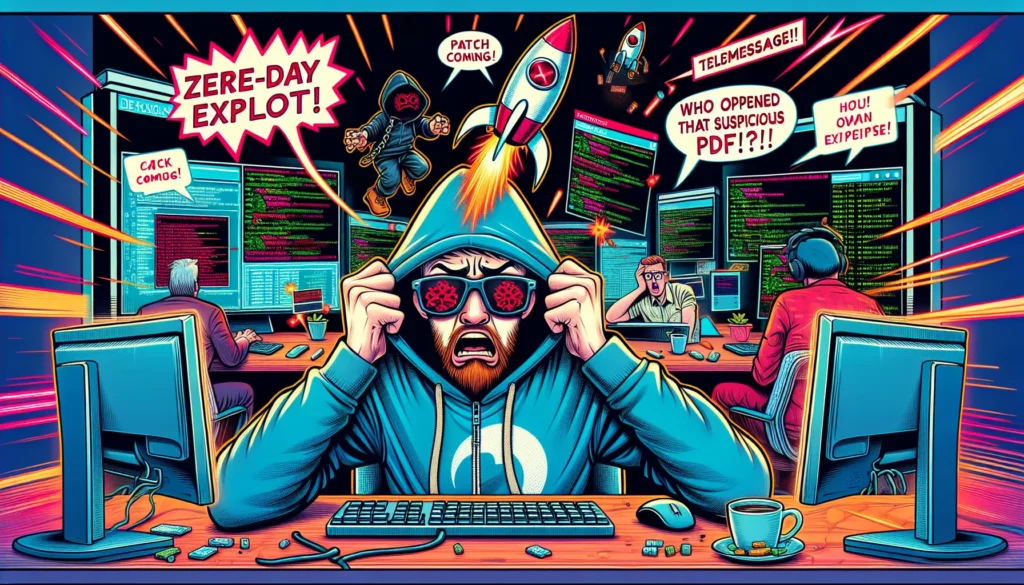Analyzing the Security Breach: The Rapid Exploitation of the TeleMessage Application
It has been widely reported that Mike Waltz, the former National Security Advisor under President Trump, was observed utilizing a messaging application that closely resembles Signal during a cabinet meeting. Notably, this particular application, known as TeleMessage, is designed to archive messages, raising questions about confidentiality and security in communications at high governmental levels.
Micah Lee has provided insights into the developments that followed. Shortly after the image of Waltz using this application was disseminated, an anonymous source conveyed to us that they had noticed peculiarities in the way communications were being handled within the cabinet. These revelations prompt a broader discussion regarding the implications of using non-standard communication tools within governmental frameworks, especially when dealing with sensitive information.
The use of applications that archive conversations can lead to potential security vulnerabilities, as they may unwittingly expose critical discussions to unauthorized access. This situation underlines the necessity for stringent security protocols in the selection and use of communication platforms among government officials.
As the disclosure of Waltz’s actions reverberates through the media, it underscores the importance of ensuring that all communication methods employed by governmental bodies are secure and compliant with established cybersecurity standards. Such incidents serve as a reminder of the evolving challenges faced by information security professionals in safeguarding sensitive government communications.
In light of these events, it is imperative for organizations, particularly those in positions of authority, to critically evaluate their communication practices and take proactive measures to mitigate potential risks associated with the use of unverified messaging applications.








